FOMA 12: Gratitude Without Name
FOMA goes this time to Romania. Luca Chiselef uploaded many buildings to our catalogue. His Forgotten Masterpieces are hidden mostly in Constanta, Romania. We invite our community to help us discover more Romania!
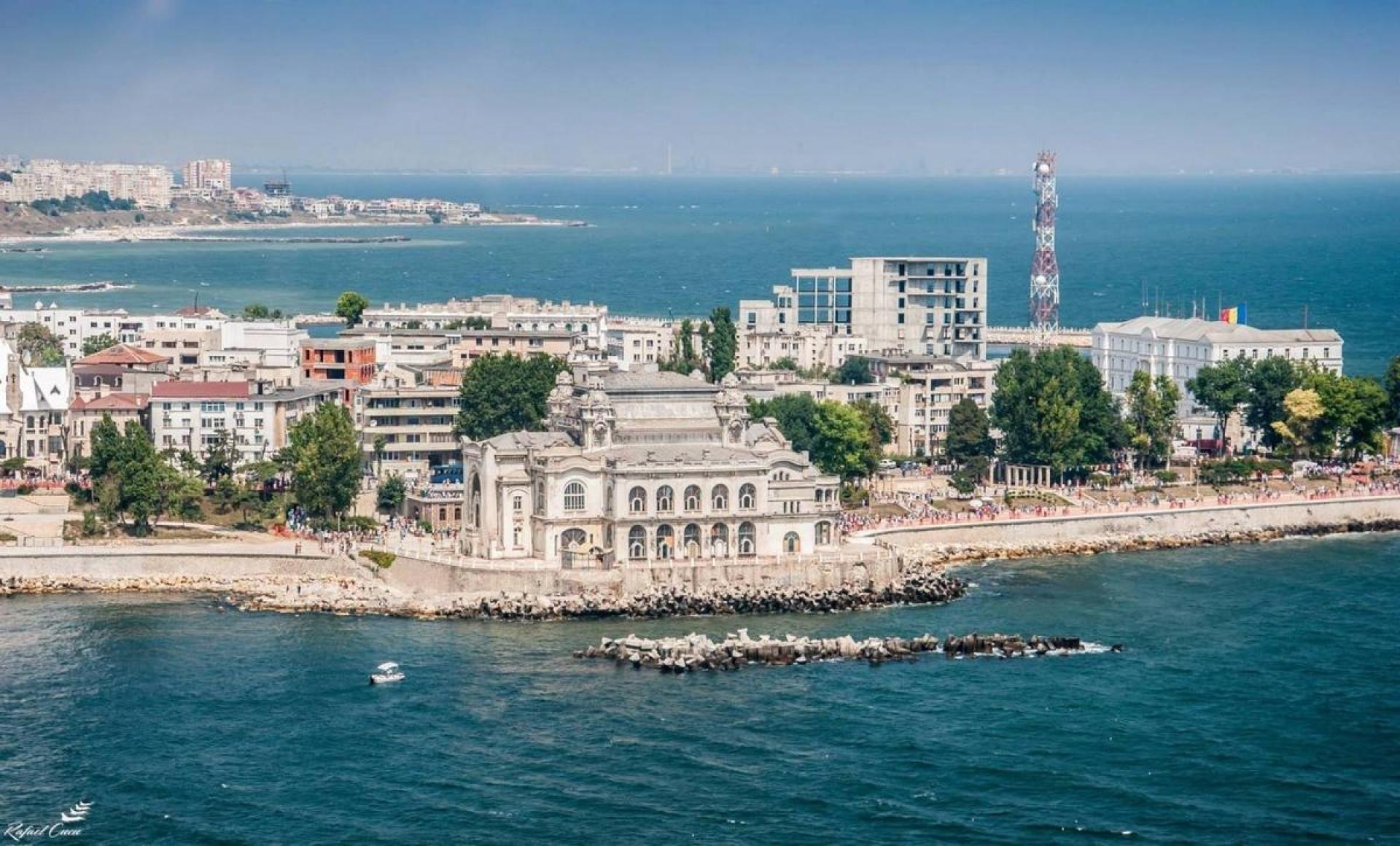
Constanta or Tomis according to the legend when Jason and Argonauts landed here after finding the Golden Fleece. | Photo via Romaniadacia
Romania has existed only since the middle of the nineteenth century. Like they are lost in-between other nations around them, Romanians speaking a Latin tongue, have occupied what came to be known as Wallachia, Moldavia and Transylvania, an area defined by rivers Tisa, Dniester and Danube. On this territory, at the western coast of the Black Sea lies the city Constanta, an ancient metropolis and the largest Romanian port, the fourth largest in Europe, immediately after Rotterdam, Antwerp and Marseilles.
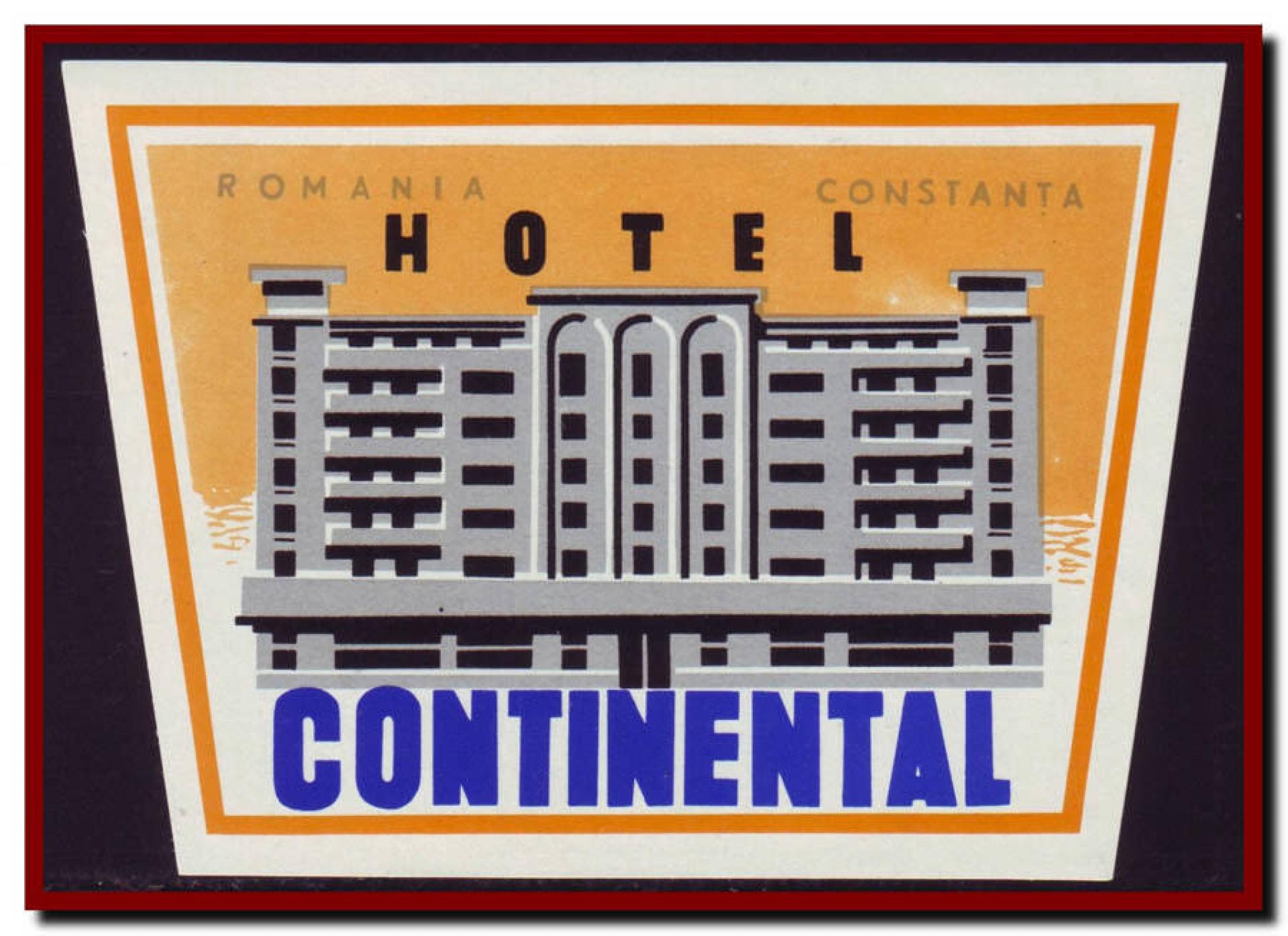
Continental hotel inviting tourist to the city of Constanta. | Photo via Kolector
Constanta suffered a lot of demolitions within different times. The stories of valuable buildings that no longer exist, starts with a Carlton - Continental complex, consisted of two unified buildings that has for decades marked the Ferdinand Boulevard. In the early 1900s a small neoclassical Continental hotel was positioned at the intersection of Tomis Boulevard and Ferdinand Avenue. In the early 1930s the Art Deco Carlton Hotel by Harry Goldstein was annexed to the Continental. The reinforcement of the communist regime latter on bring the end for the two buildings. Instead of the Continental a dull cube was constructed. In the 1990s the hotel became part of demolition process.
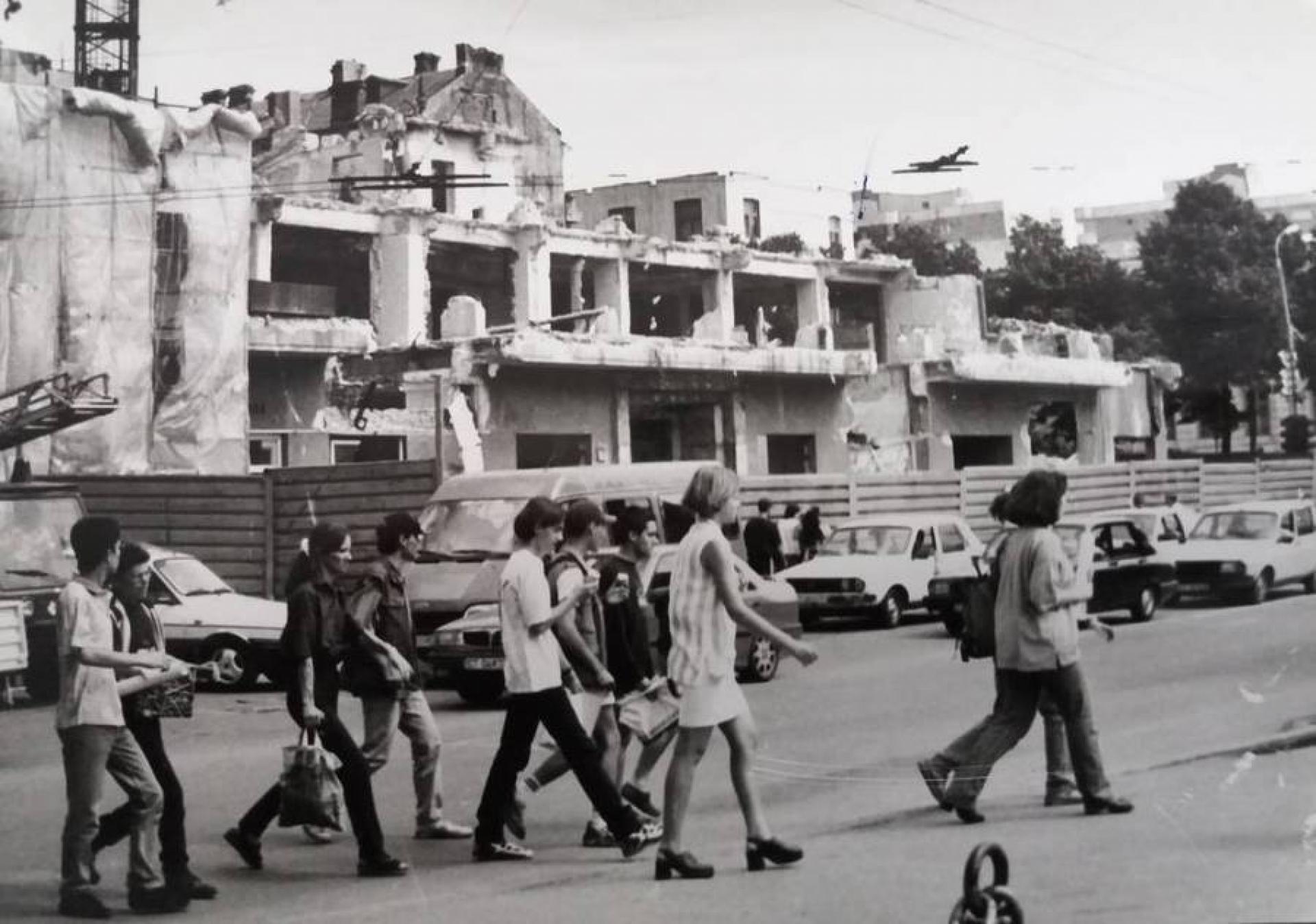
Coexistance of the ruins and life in Constanta. | Photo by Mihail Serbanescu, Cuget Liber newspaper (1997)
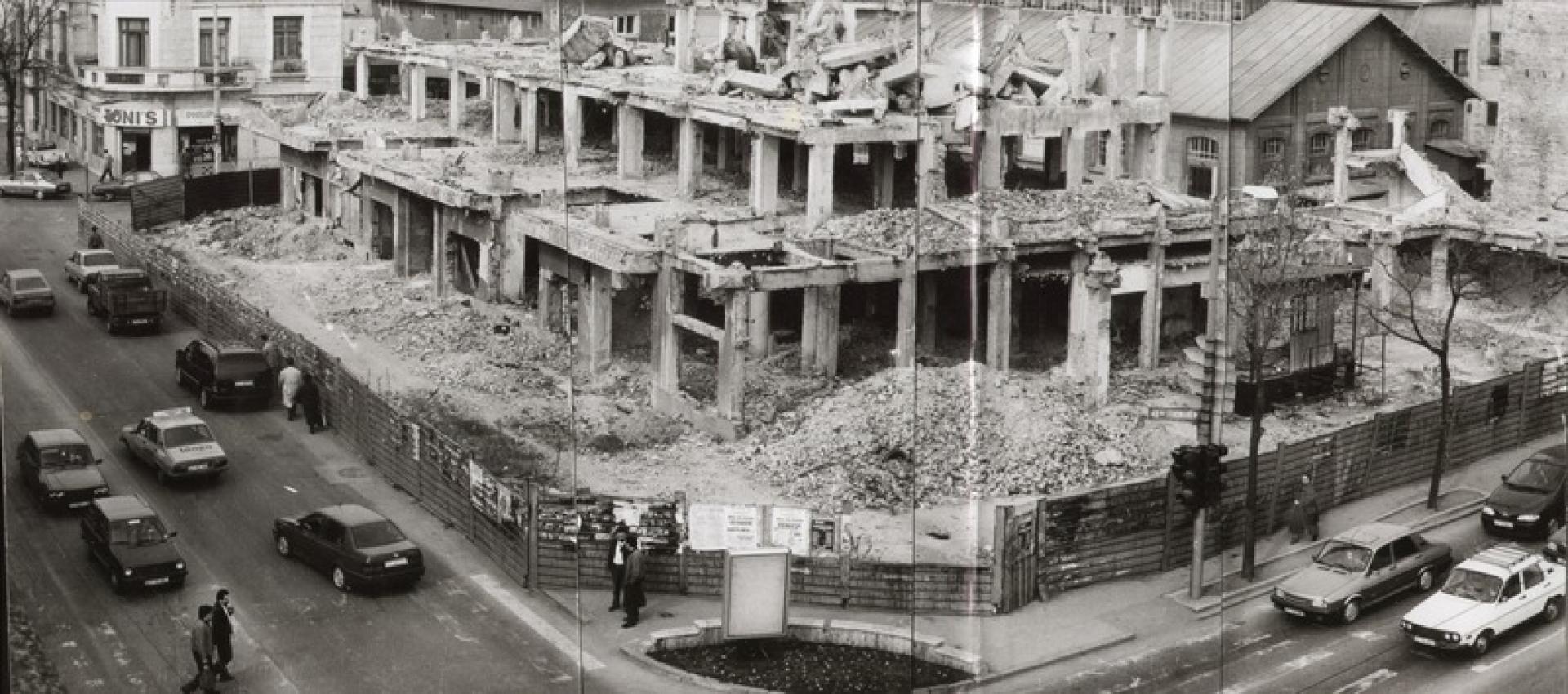
The demolition was suspended and the city center of Constanta stayed in ruins from 1994 to 2000. | Photo via Joienegru
As a national culture can not generally exist outside the sphere of the universal culture, Romanian architects have affirmed the integration of the new system. The years after the World War II have prompted the capital owners to launch real estate investments in order to avoid the risk of devaluation. At the same time, the introduction of new construction technologies, mainly the widespread use of reinforced concrete, took place in the building of the county. The modern Romanian architecture was immune to a balanced, moderate renewal, but has found resources for an intense force in expression.
Considered as a modernized activity, amplified starting with this tumultuous period of history, tourism and hotel constructions find their expression in interesting projects, located in urban areas, or in the surroundings of the sea and mountain resorts.
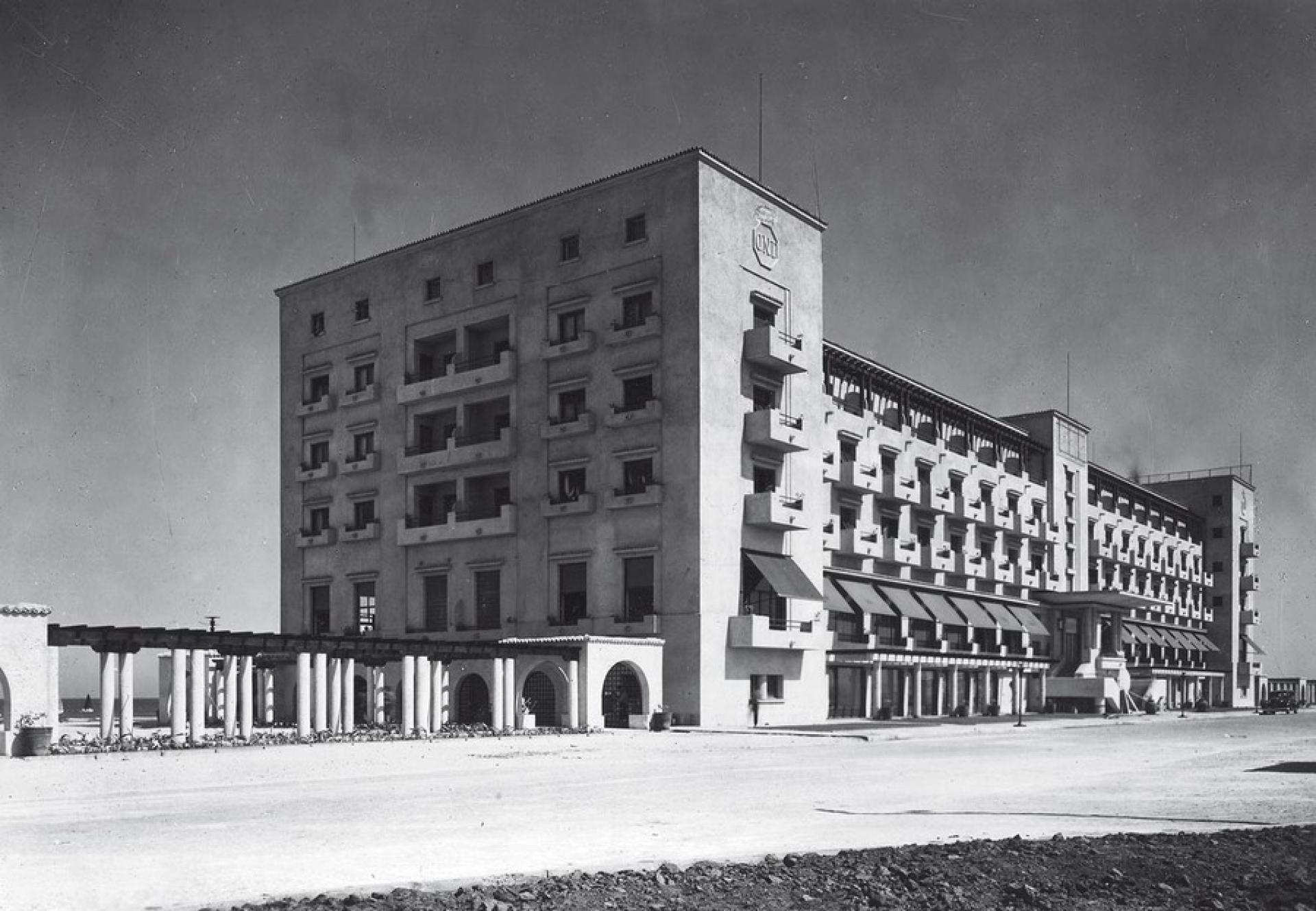
Rex Hotel by George Matei Cantacuzino. | Photo by W. Weiss (Cantacuzino; Paul Marinescu Archive, Bucharest)
The widespread launch of modern architecture in Romania took place in the early years of the fourth decade, when it began to be seen as a symbol of progress. It experienced an impressive expansion by quality and quantity, permanently marking the silhouette of the capital and some of the great cities of the country. Modern architecture operates with principles that defines clearly in relation to the nature and the site. The formal simplicity brought by modern architecture, was often put in connection with the force of the vernacular architecture. The accuracy of the shapes, the pure volumes, the clarity of composition and the refined simplicity of the vernacular architecture, were Corbusier’s remarks at his journey in Romania at the beginning of the century. Le Corbusier empathized with the bright colored Romanian Cula.
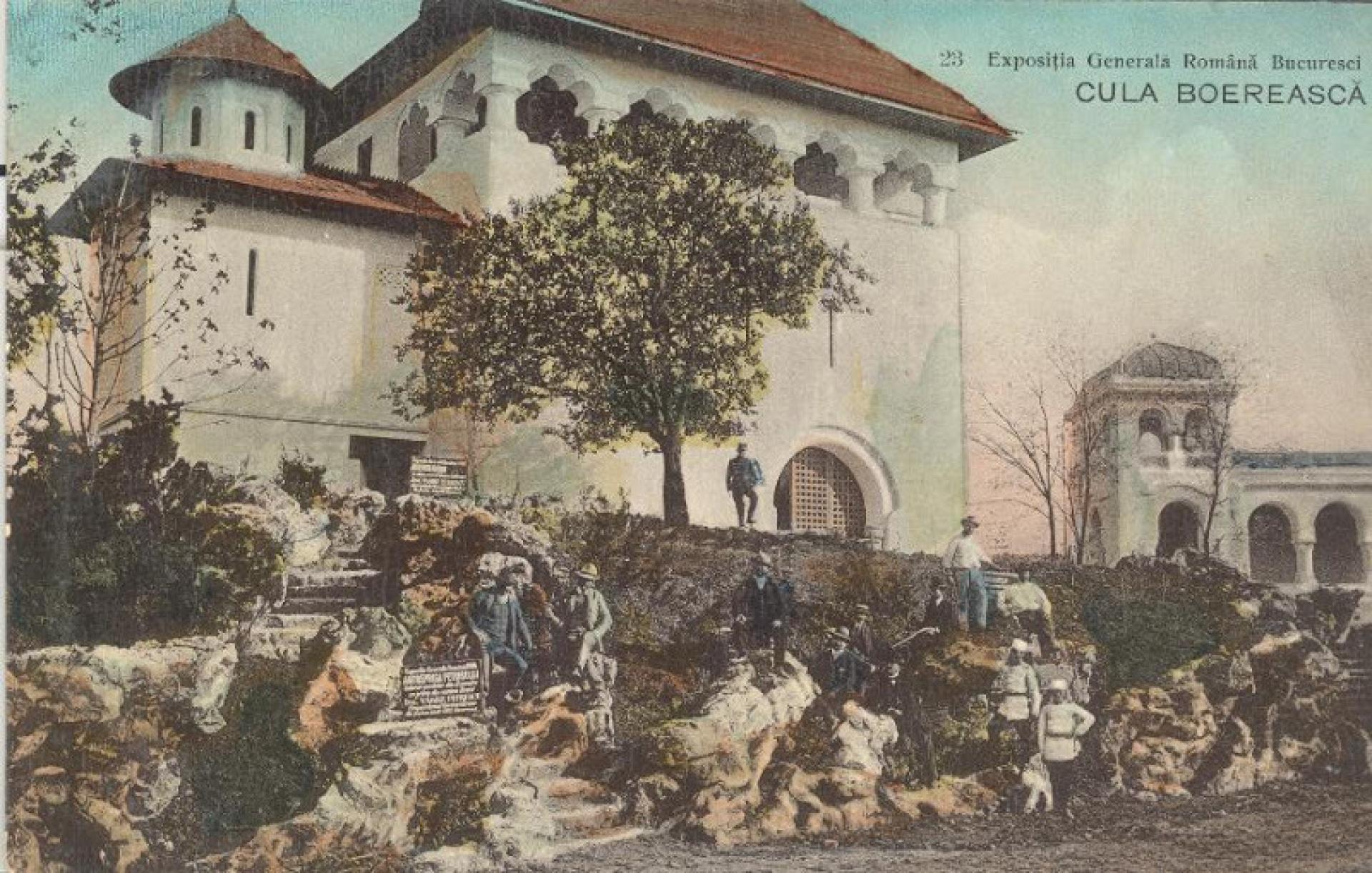
The Romanian Cula, a semi-fortified house, served for the boyar class to defend against the incursions. | Photo via Romania
Mamaia lies in Constanta municipality and represents the most popular resort at the Romanian Black Sea. It has very few permanent residents, but it is overpopulated during the summer. On the shores of Mamaia, Ioan Capsuneanu built a unique building that is also his most representative work. The Vapor House reproduced the form of a boat hosted a yacht club, salvamar, restaurant and casino. In the 1960s the communist authorities decided to redistribute the ground floor of the building. As one of the resistance walls was broken, the building partially collapsed. It was proposed to be rebuilt in Bucharest, but the request was refused, therefore they demolished it.
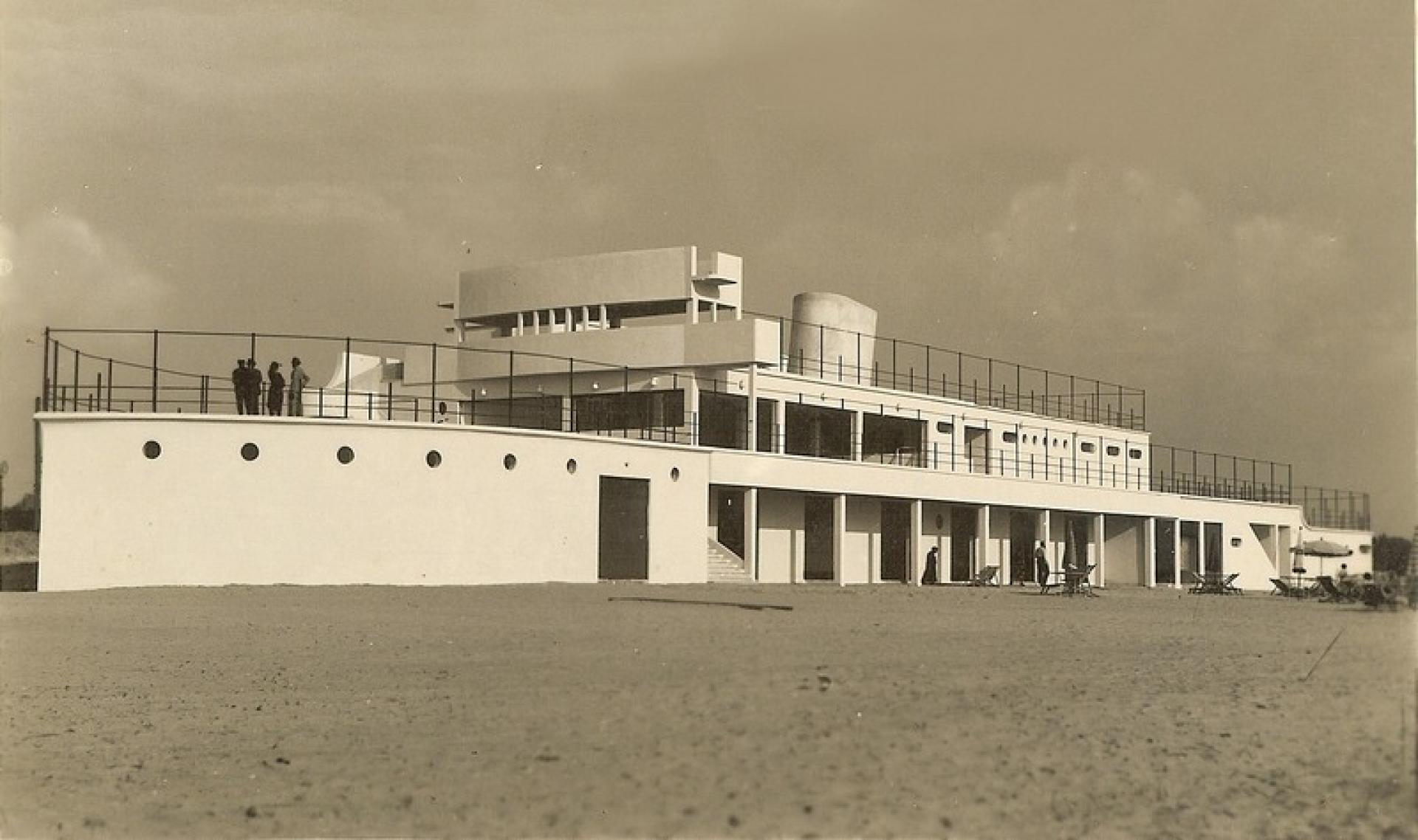
The Vapor House before demolition. | Photo via Skyscrapercity
The field of industrial constructions have an important creative impulse in Romania. The enormous transformation of industrial technologies become an objective necessity in the way of conforming this type of architecture. Big industrialists, eager to benefit from the modern spaces required by the new technological processes. The Anghel Saligny Silos is the most impressive historical industrial building in Constanta.
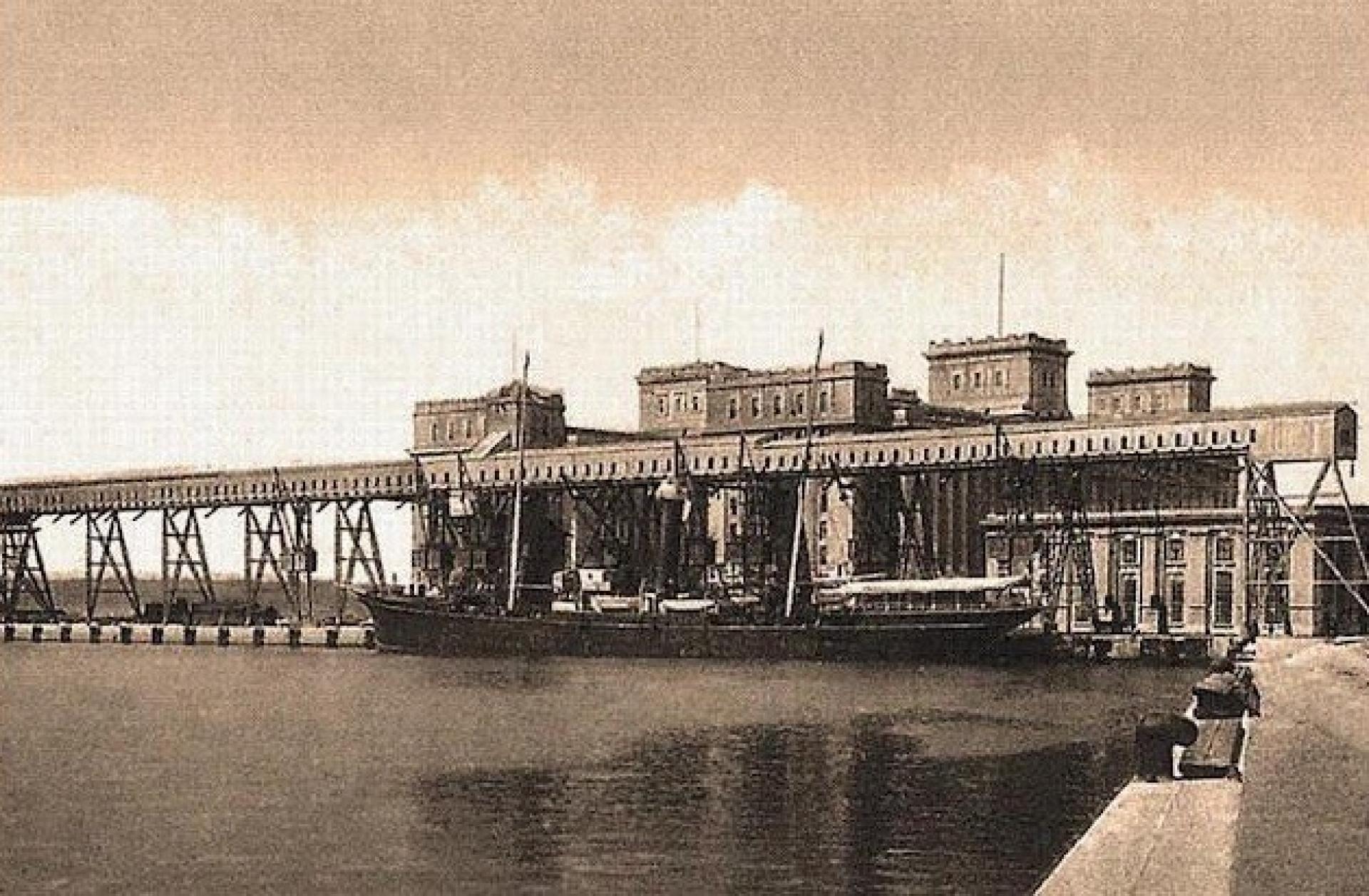
The economic development followed by the diversification of industrial space, led to synchronization with new technology. | Photo via Wikimapa
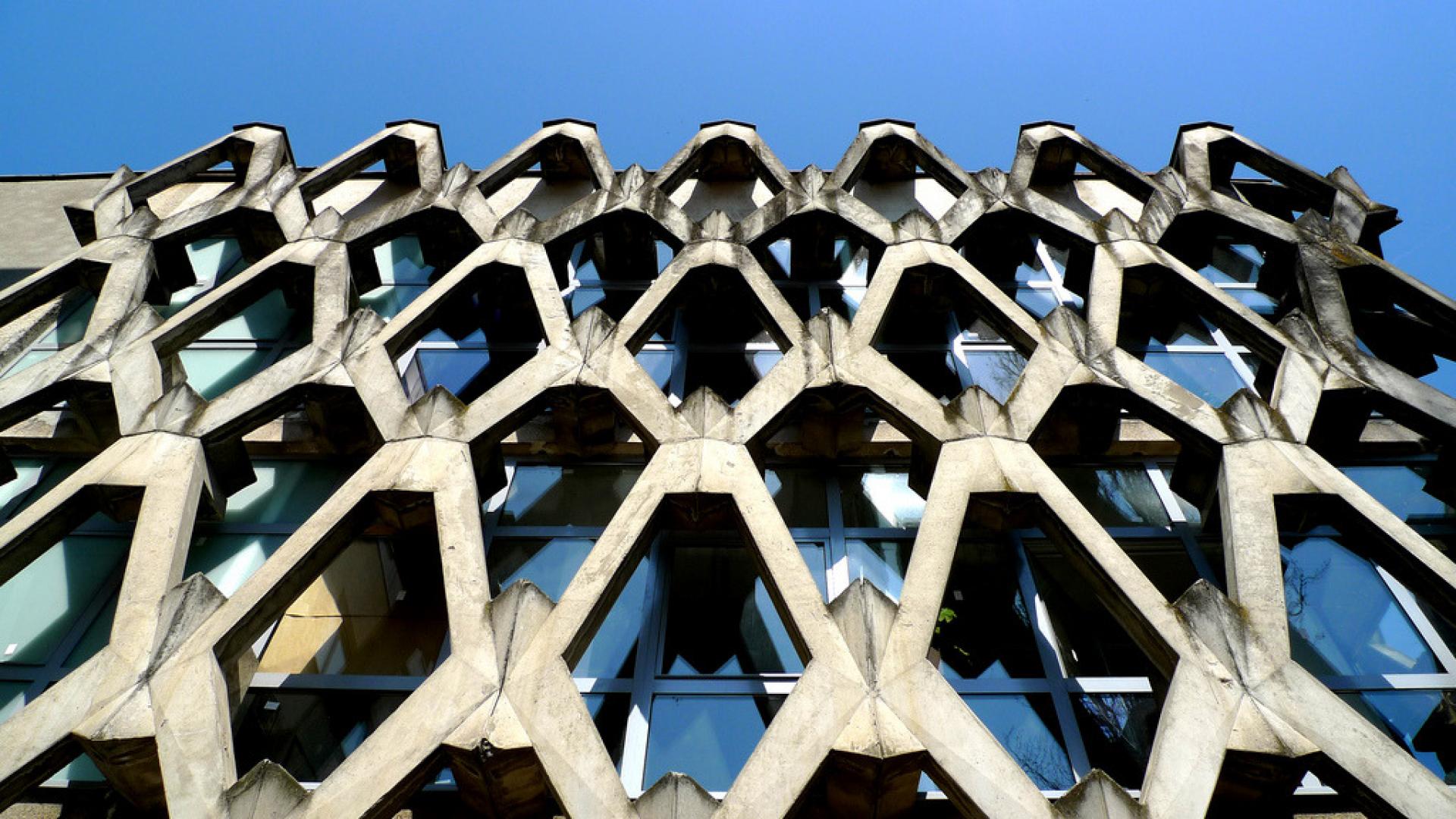
Socialist architecture of the Romanian Academy Library. | Photo by Danielzolli
The concrete Library of the Romanian Academy brought together several funds of books scattered in various locations in Transylvania. All dispersed collections have been reunited in the Cluj-Napoca encyclopaedic research library, one of the most important in Romania.
Every article on the Balkans seems obliged to start with a commentary on the region’s tangled past. Dan Teodorovici’s George Matei Cantacuzino: A Hybrid Modernist (Wasmuth, 2014) is no exception.
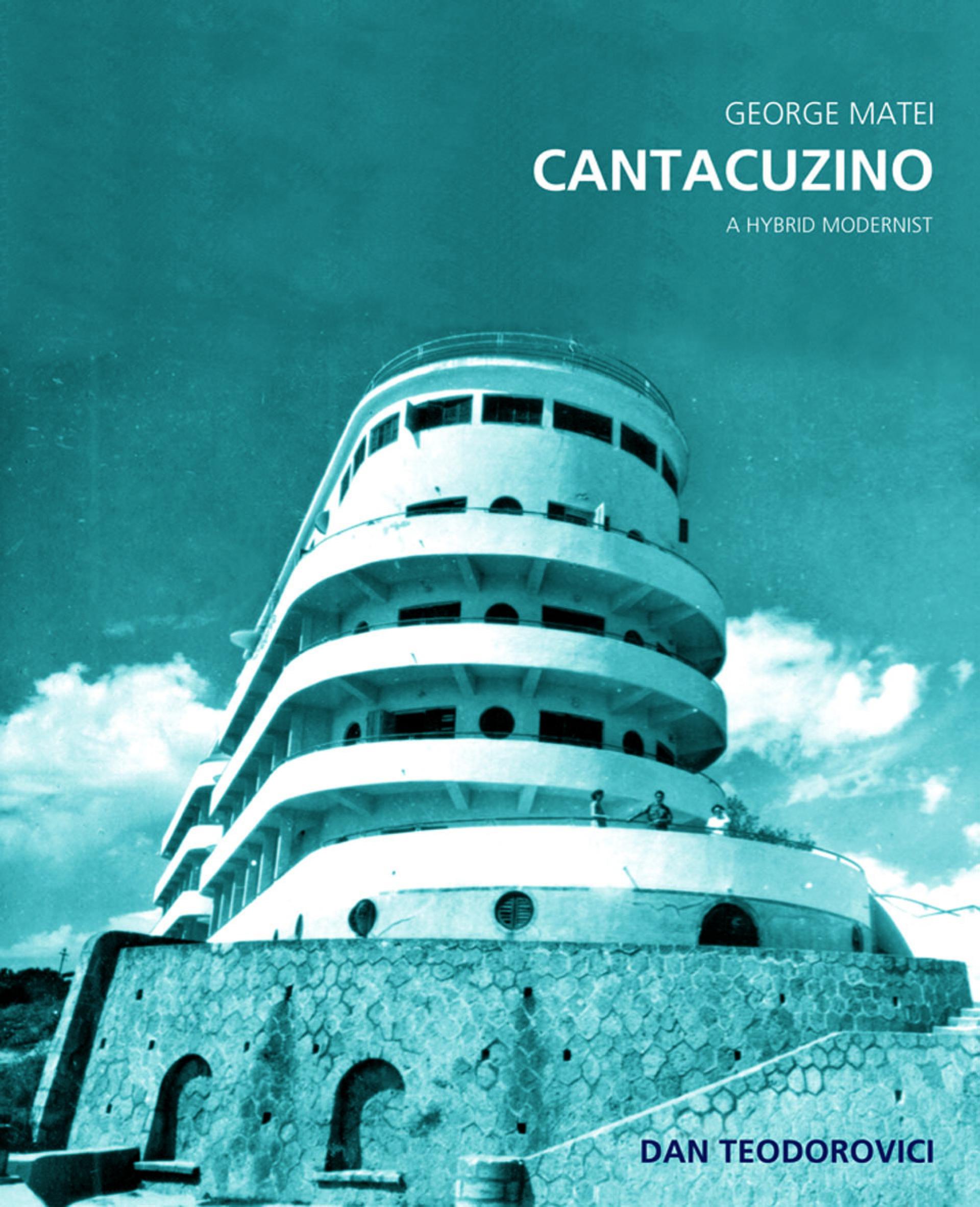
The cover of George Matei Cantacuzino: A Hybrid Modernist, featuring the Bellona Hotel at Eforie (1933) | Photo via metropolismag
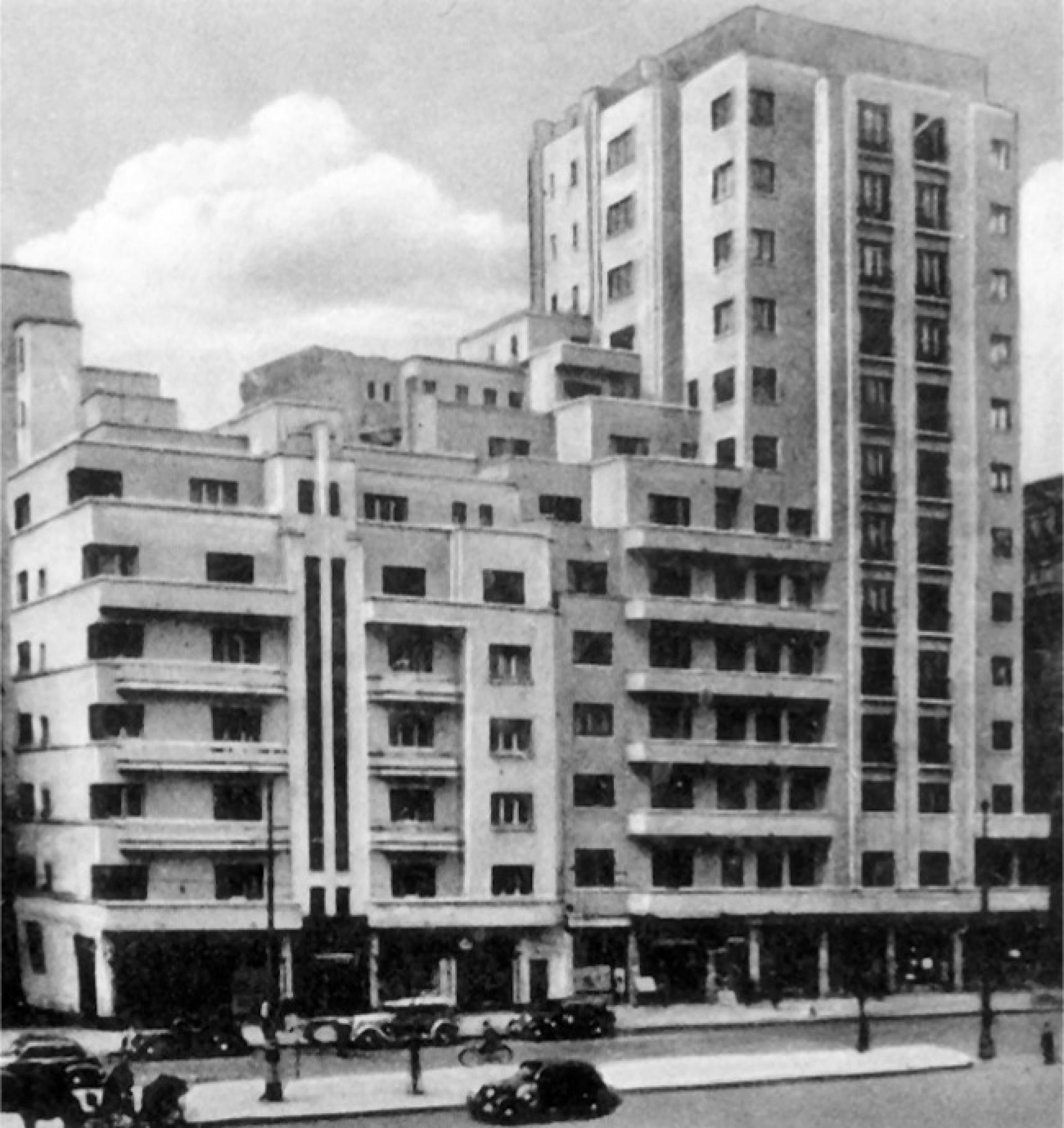
Carlton Bloc in Bucharest in 1936. | Photo via metropolismag
The term Modernism is in the Romanian context directly associated with the legacy built since the 1920s. This period is perceived as a representative of the Romanian Modern Movement, in sync with the Western avantgarde. However, industrial traces even with Modern influences were left on the national territory mostly by the 1945–89 Communist forced industrialization. It was also possible to investigate its destiny in the present context, dominated by a general resentment directed towards political labeled built environment. This analysis highlighted the vulnerability of the Romanian heritage in the present context.
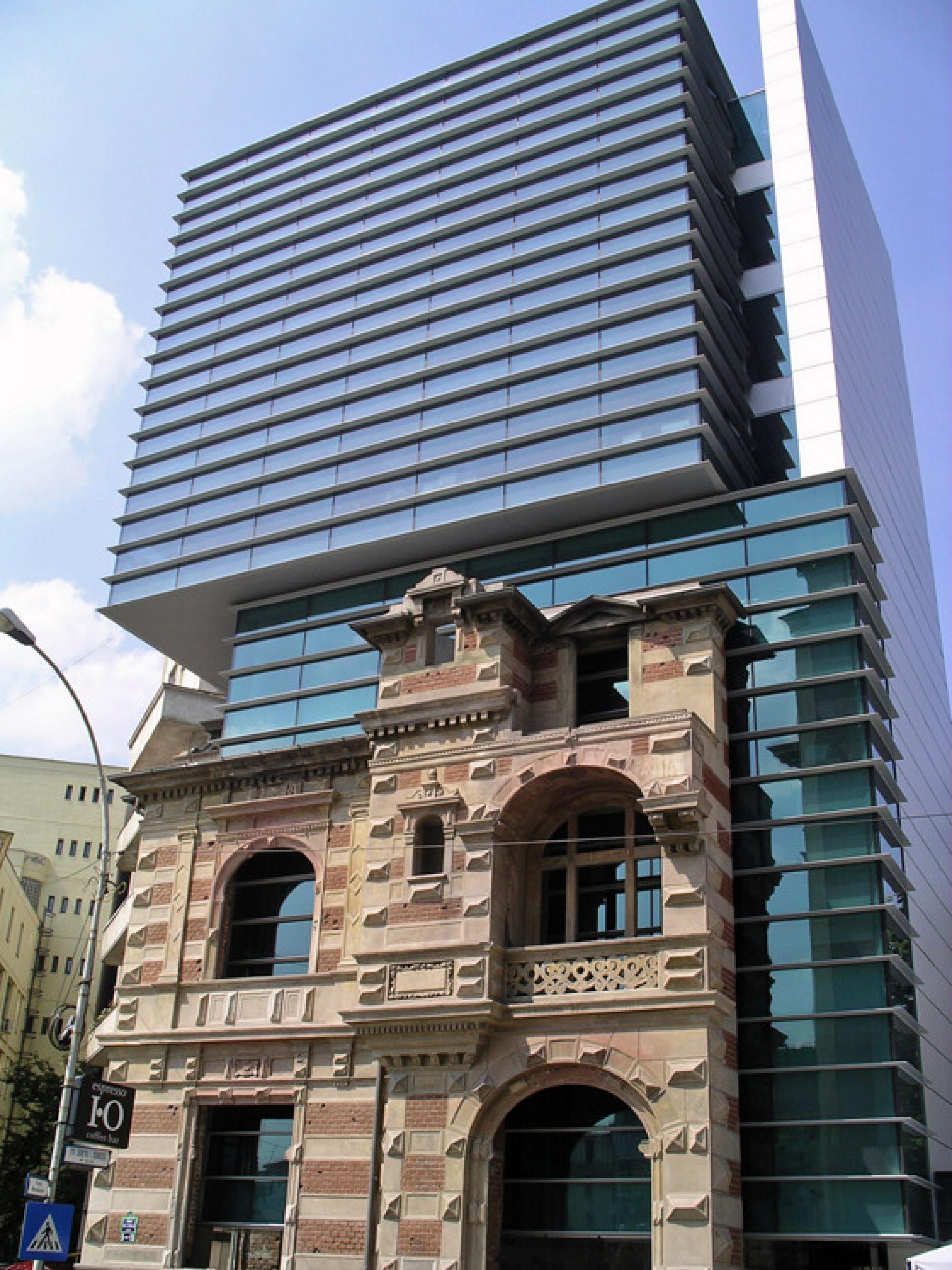
Ruins of the Union of Romanian architects was a meeting place for the intellectual elite in 19th century in Bucharest. | Photo via Architonic
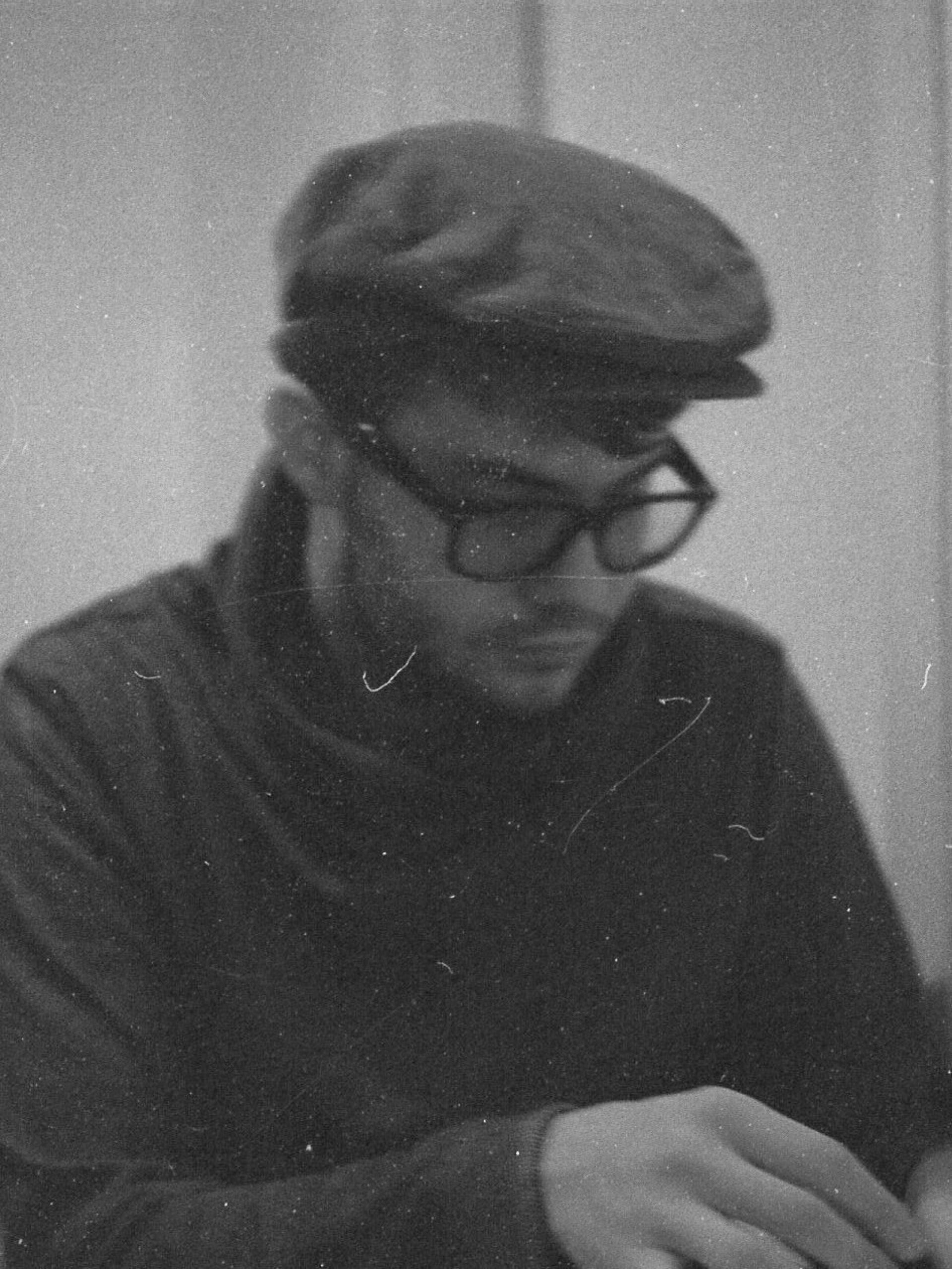
Luca Chiselef is a freelance artist from from Constanța, Romania. He completed studying an architecture specialization at the National Fine Art College in Constanta, and studied at the Architecture University in Bucharest. He works in visual media environments and as an online editor at LPC Editor, a project based on photography, editing, architectural visualization, art experiments. He was also a designer in an educational research institute in Bucharest and is involved in The Urban Regeneration Project that aims to re-integrate valuable cultural spaces into the city’s cultural and economic circuit through a platform that encourages both the involvement of the general public and young creative industry professionals.